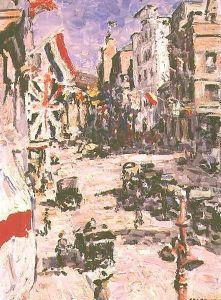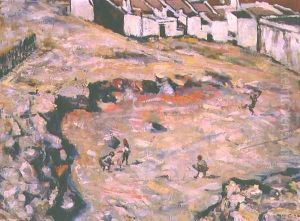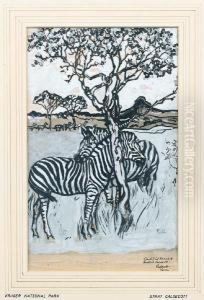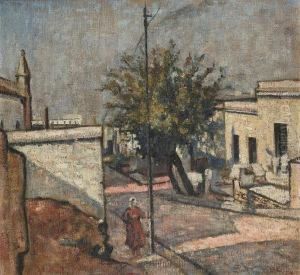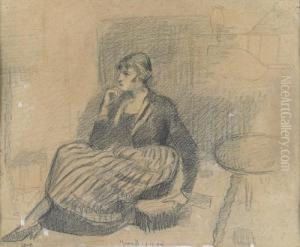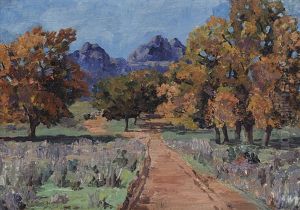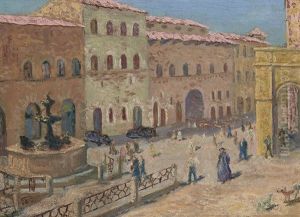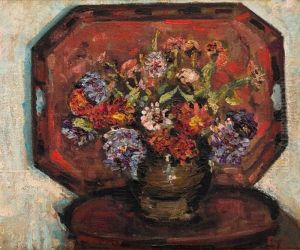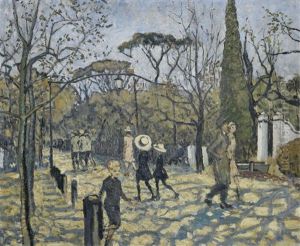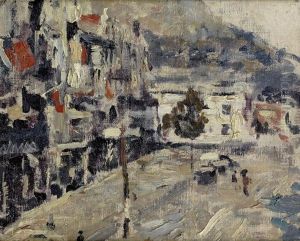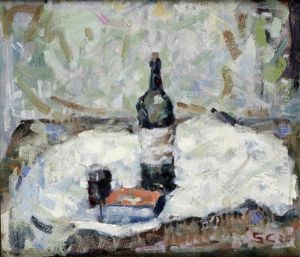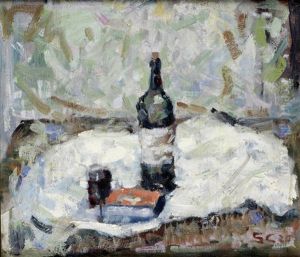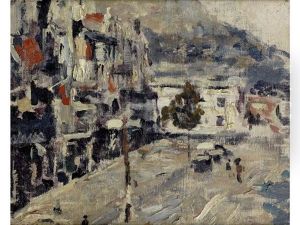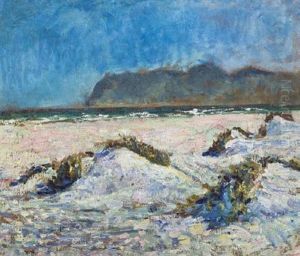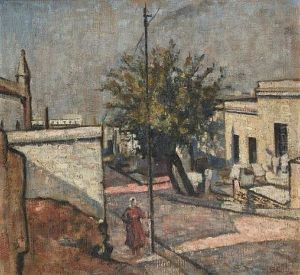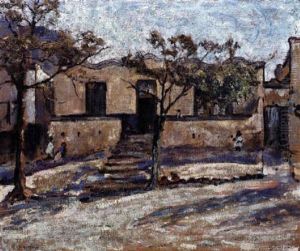Harry Stratford Caldecott Paintings
Harry Stratford Caldecott, born in 1861 in Rustenburg, South Africa, is remembered as a significant but often overlooked figure in the transition of South African art from its early roots to a more internationally influenced style at the turn of the 20th century. Despite the geographical and cultural distances of his upbringing from the main art centers of the world, Caldecott demonstrated an early and profound talent for capturing the essence of his homeland's landscape and people with a sensitivity that bridged cultural divides.
Educated locally before moving abroad to further his studies, Caldecott's artistic journey began in earnest when he left South Africa to immerse himself in the European art scene. There, he was exposed to a range of artistic movements and techniques, which he would later blend with his personal impressions of the South African environment and society. His works are characterized by a keen observation of light and shadow, a testament to the unique luminosity of the South African sun, filtered through a European impressionistic sensibility. This blend of influences allowed him to create works that were both deeply personal and universally appealing.
Caldecott's career was marked by his efforts to establish a distinctive South African artistic identity, which he pursued alongside his personal artistic endeavors. His landscapes and portraits often feature scenes and people from his homeland, rendered with a softness and warmth that speaks to his affection for his subjects. Despite his relatively short life, dying in 1910 at the age of 49, Caldecott's legacy in the South African art scene is significant. He is credited with helping to lay the groundwork for future generations of South African artists, encouraging them to find value and inspiration in their surroundings while being aware of broader artistic trends.
The significance of Caldecott's work has been recognized in the posthumous appreciation and study of South African art, with his pieces held in several prestigious collections and museums both in South Africa and internationally. His ability to navigate between the local and the global, to speak to universal human experiences while deeply rooted in the specifics of place and time, makes Harry Stratford Caldecott a notable figure in the history of South African art.
